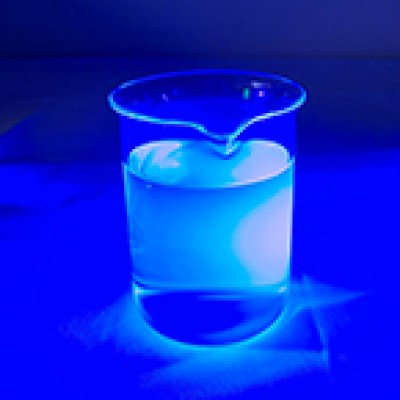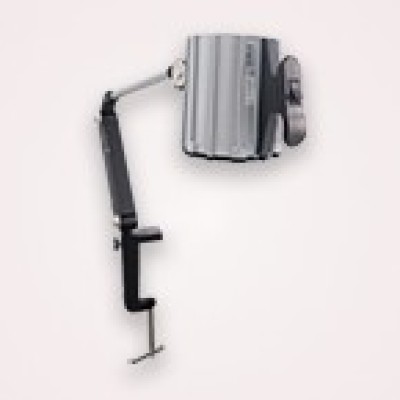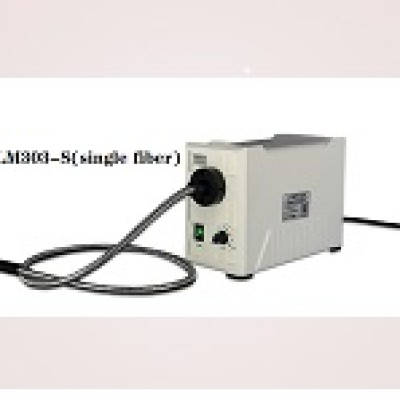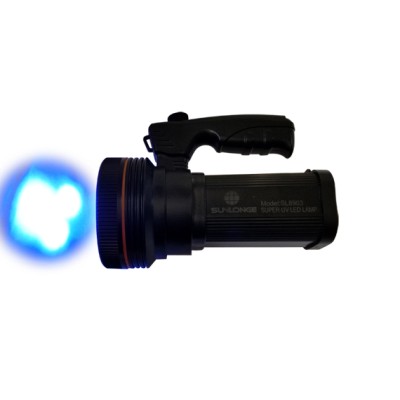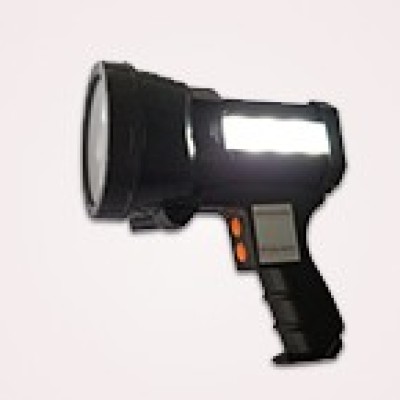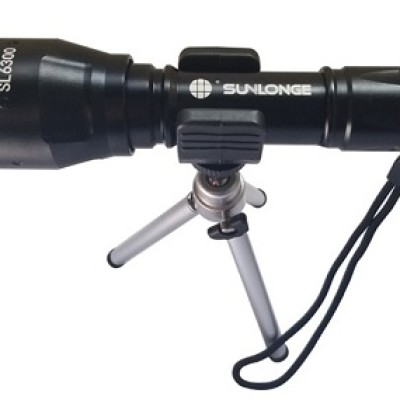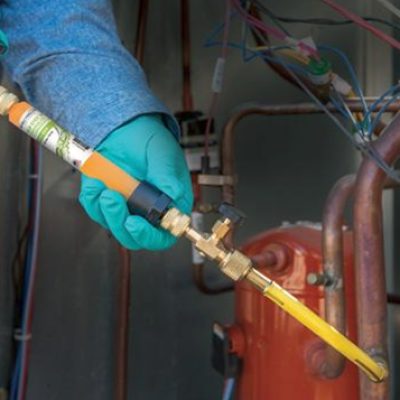We all know that UV lights are a convenient leak detection tool for the fluorescent leak detection. UV lights overcome the shortcoming of the market. The fluoresces are glowing brightly. The leaks can be easily located and detected.
And when we are looking for a UV light, we may come across two specification: 365NM or 395NM. What does that mean, and which one is better?

Before our answer,it is important to understand the basic principles of wavelength and light. We all know, different wavelength of visible light appear as different colors to us. 450NM for example, is a royal blue color. While 630NM is a punchy. Light that has a wavelength between 400NM and 800NM is visible, while light that falls below 400NM is considered invisible, UV light. At a basic level, you will note that 395NM is about 30CM closer to visible light than 365NM. Or on other words, 365NM is deeper into the UV spectrum than 395NM is.
Both 365NM and 395NM options are within the UV-A wavelength range. Generally speaking, UV-A lights are useful for creating and observing fluorescence effects, as well as for plastic and paint curing. UV-A wavelengths are safer when compared to stronger UV-B and UV-C rays.
Then, will a difference of 30NM mean? Then main difference is that 395NM LED emits much more visible light than the 365NM LED. The 395NM LED emits a pronounced violet -colored light, while the 365NM LED emits a dull, bluish-while light. Both types emit in the UV-A wavelength range and are generally capable of producing blacklight effects.

The 395NM LED emit strongest at 395NM, but it also emits quite a bit of energy at 400NM, and even 410NM. These wavelengths are solidly in the visible, violet portion of the spectrum. Of course, the 395NM also emits at wavelength below 395NM as well, and the light energy at these wavelengths are very effective at creating fluorescence effects or initiating UV-A reactions.
Conversely, looking at the 365NM spectral output, you will notice that virtually all of the light energy is within the invisible UV-A range only, with emission energy tailing off before reaching 400NM. This will maximize the amount of UV-A energy compared to visible light energy and is preferred for more UV-A applications.

In addition to 365NM UV lights having the advantage of not emitting violet light, many objects will fluoresce strongest at 365NM, as evidenced by absorption spectrum measurements. This result is that 365NM light can be better suitable for application where stronger fluorescence effects are desired. Coupled with the advantage of having a lower amount of visible, violet light emitted, 365NM light can be considered an optimal choice where performance is of paramount importance.
In the leak detection, stronger fluorescence can help us locate and detect the minimal leaks. Then the tiny leaks can be detected and fixed. Then many potential problems can be avoided in advance. That means 365NM UV lights can be a more reliable tools in the fluorescent leak detection.
 CN
CN

